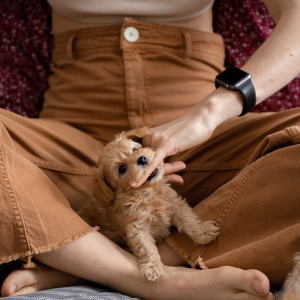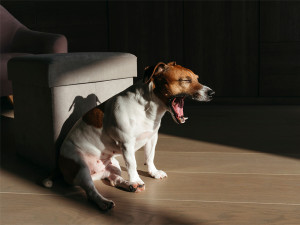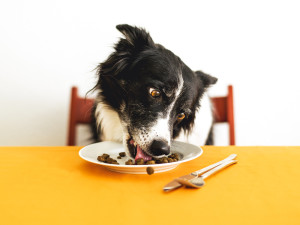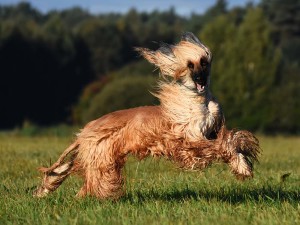How to Teach Your Dog to Take Treats Gently
And save your skin
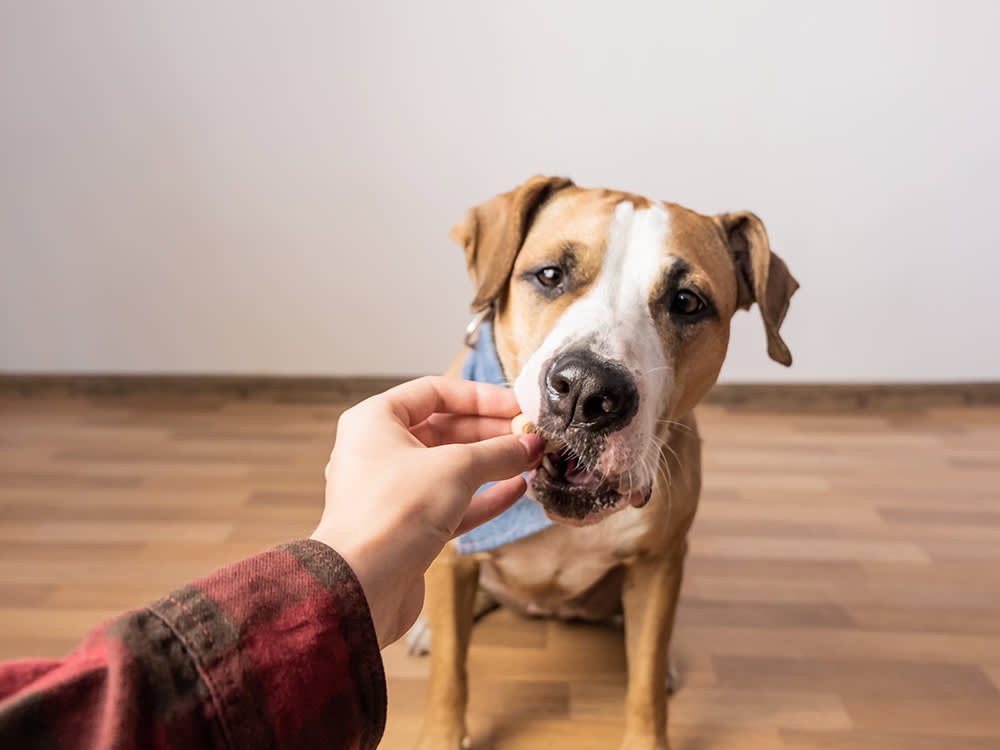
Share Article
One second your pup is demonstrating the perfect sit, the next they seem like they’re going to swallow your whole hand along with that treat you promised them. Experiences with overly enthusiastic treat takers are universal. But some dogs only get snappy when revved up, so this can be a good assessment tool – in these cases, the intensity of the alligator-like behaviour can indicate a dog’s arousal level.
Some dogs seem to naturally take treats gently, but others will need lessons to achieve this skill, which starts by teaching your dog the cue ‘gentle’. Having a dog who does this can relieve much of the conflict-induced frustration that occurs when you want to reinforce your dog’s good behaviour but also want your fingers to remain intact and connected to your body.
Teach ‘gentle’ to a dog
Avoid confusion by teaching the cue ‘gentle’ as its own behaviour rather than during a training session for some other behaviour. Commit to the idea that your dog needs to take the treats gently or they don’t get them at all. In other words, don’t allow the snapping behaviour to be rewarded.
To teach your dog what ‘gentle’ means, hold a treat in your hand, close your fist around it and offer it to your dog. If your dog bites at your hand, keep it closed; this means either toughing it out or wearing gloves, depending on your dog’s behaviour and your tolerance. When they stop biting and lick your hand (or even nibbles gently and painlessly), say ‘gentle’ and open your hand completely to give them the treat.
Keep saying ‘gentle’ each time you offer your pup a treat to help them associate the word with the correct behaviour. If they have a relapse and return to their former finger-gnawing ways, pull your hand away and then offer the treat again, using the cue ‘gentle’ to remind them of what you want. This will keep you from dropping the treat in response to the snapping.
How to protect your fingers
Until your dog knows how to take treats gently, there are a couple of ways to protect your fingers when giving treats outside of training sessions. At home, put cream cheese or peanut butter on a wooden spoon and offer your dog a chance to lick this food a few times. This is a way to reinforce your dog without putting your hands near her mouth.
In an outdoor setting, offer the treat on your flat palm. Many dogs who will snap at treats held in the fingertips are able to take them properly when they are presented on an open hand. A final option is to drop the treats on the ground rather than giving them directly to the dog.
It takes a lot of repetition for most pups to learn to take treats gently, and if someone else’s dog hasn’t been taught, then holding a treat in your closed hand is unlikely to be effective. Unless a pet parent is teaching this at home, it’s safer to save your fingers by either flat-palming the treats or tossing them on the ground.

Karen B. London, PhD, CAAB, CPDT-KA
Karen B. London, Ph.D., is a Certified Applied Animal Behaviorist and Certified Professional Dog Trainer who specializes in working with dogs with serious behavioral issues, including aggression, and has also trained other animals including cats, birds, snakes, and insects.
Related articles
![A dog with its eyes closed and mouth open sitting on a hardwood floor.]()
How to Help a Choking Dog and Prevent Choking in the First Place
Learn about the causes and what to do for a choking dog
![Border Collie digging into a plate of dog food while seated at a yellow table]()
How You Can Easily Manage Your Dog’s Weight
Keep your pup’s weight down, and you could add years to their life. What’s better than that?
![Owner serving dog food]()
Your Dog’s Food Aggression Isn’t Cute – Here’s How You Can Work On It
No longer associate feeding time with growling time
![Afghan hound dog mid jump in an open grass field]()
Overexcited Dog? How to Calm A Dog Down
If your dog loses their sh*t over anything from a squirrel to a visitor, dog behaviourist Trish King has some tips

